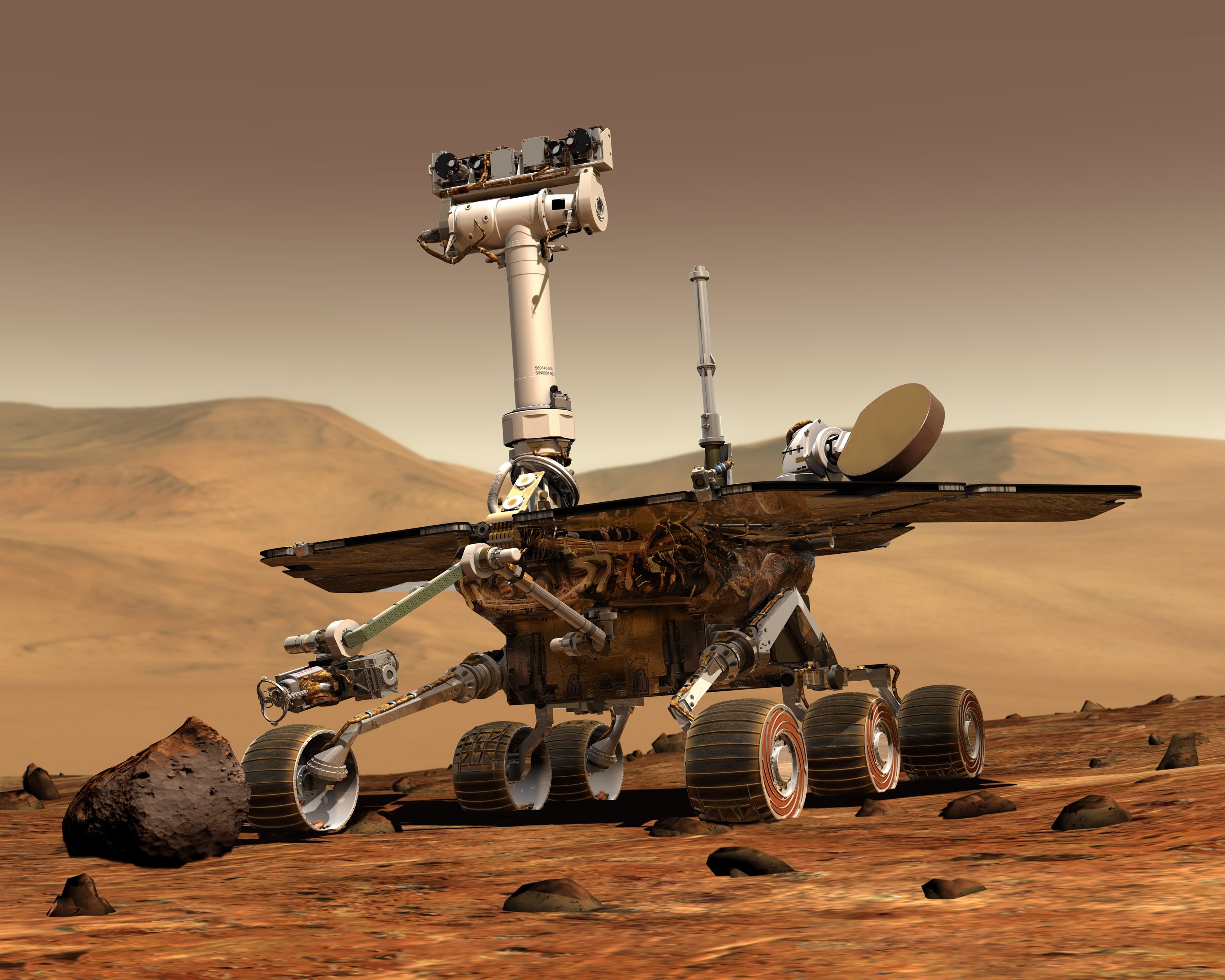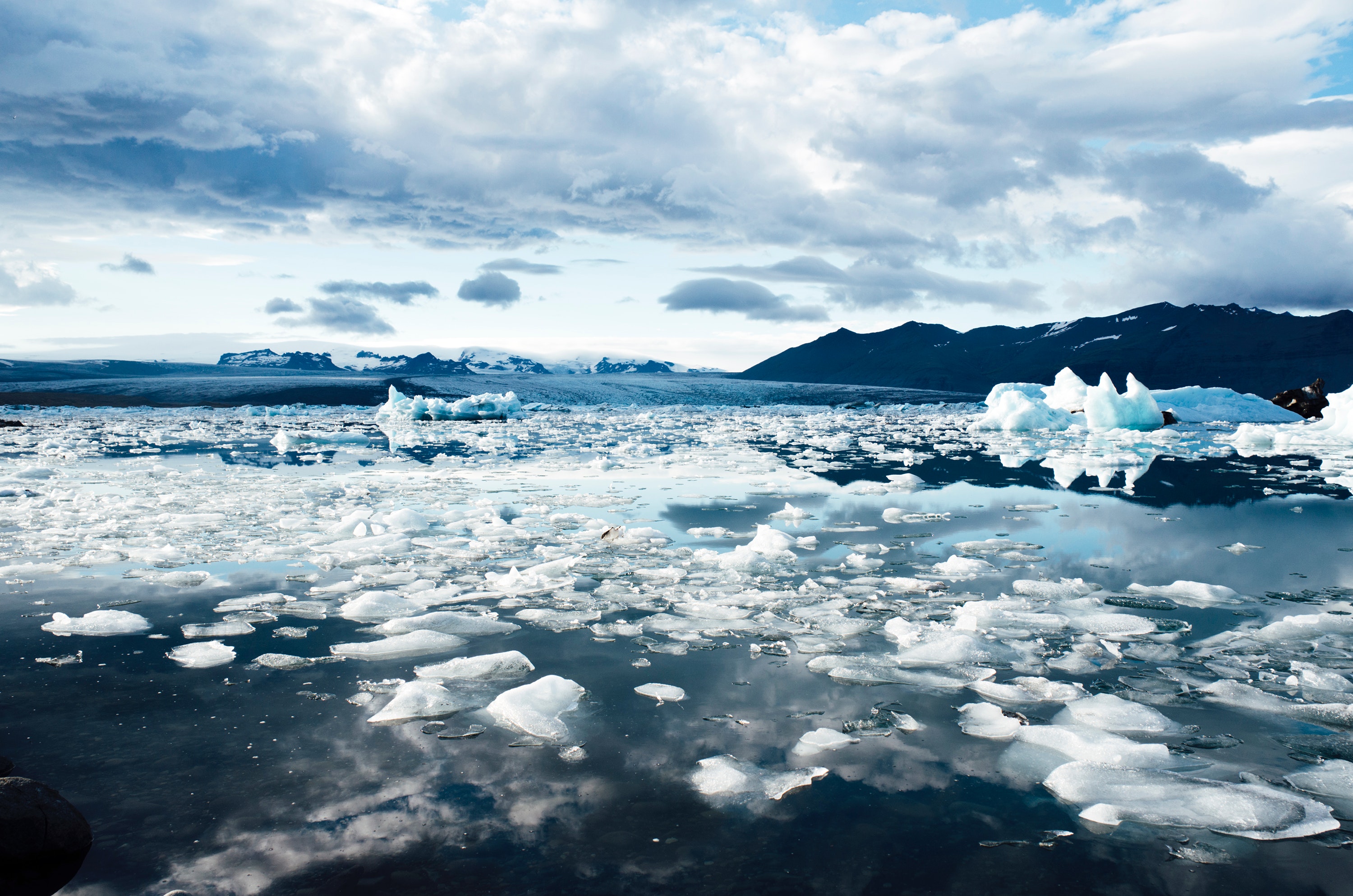With the development of technology, more and more tools are available to scientists to help them in their work. So it is not surprising that every year they delight us with extremely interesting discoveries.
Which 10 scientific discoveries marked the year 2018?
Whale's earwax revealed stress levels

During their long lives, whales develop plugs of earwax that reach up to 25 cm in length. Scientists who issued a report published in the journal in November Nature Communications, studied the chemical composition of this butter. They found that whales produced higher levels of the stress hormone cortisol in the 1960s, when many whale hunts took place, and during World War II, when they were threatened by submarines and battleships. The levels of the latter have also been increasing in recent decades, presumably due to rising water temperatures.
There is, in all likelihood, a lake on Mars
It was possible in the magazine last summer Science find a very interesting scientific article. A radar image created by the Mars Express probe has detected an underground lake on the surface of Mars. National Geographic notes that there was once a lot of liquid water on Mars, but for some unknown reason it disappeared. Elena Petinelli from Italy's Roma Tre University even believes that the lake could be the key to the development of life on Mars. In Antarctica, bacteria live in similar conditions.
NASA's Insight module successfully landed on Mars

NASA's 360-kilogram module Insight it just landed on Mars not long ago. Its mission is to investigate the seismic activity and temperature of the red planet's core. The device, which receives energy through solar cells, will help scientists answer questions about the formation of planets in our solar system.
The worst-case scenario of climate change can still be avoided

In the latest report Intergovernmental Forum on Climate Change it is written that we only have a few years left to act if we want to limit global warming to 1.5 degrees Celsius by the end of the century. The Paris Agreement on climate change set the limit at 2 degrees Celsius, but it seems that we can manage to protect the planet a little better. In this way, the risk of severe heat waves, rising sea levels and the extinction of plant and animal species would be reduced. This will be possible by reducing carbon emissions, replacing fossil fuels with renewable energy sources and afforestation.
A non-profit organization wants to clean up the Great Pacific Garbage Patch
The 'Great Pacific Garbage Patch' is an area of high concentration of human waste within an ocean gyre in the North Pacific Ocean. Dutch organization The Ocean Cleanup she imagined a large trap in which a large amount of waste plastic would be caught. The system is still in the testing phase, but we can tell that the scientists are doing an excellent job.
The animal population is decreasing more and more
According to the findings of the report WWF Living Planet Report for 2018, the average number of vertebrates (mammals, birds, fish, reptiles and amphibians) decreased by as much as 60 percent between 1970 and 2014. Ecosystem degradation, excessive hunting and excessive fishing were among the biggest causes of the situation. The situation in South and Central America is particularly worrying, where the population has fallen by an incredible 89 percent.
The mountain gorillas are coming back

Fortunately, some animal species have recovered. The mountain gorilla is no longer considered critically endangered, but 'only' endangered. According to data, in Eastern Congo, Rwanda and Uganda World Union for Conservation of Nature there are more than 1,000 mountain gorillas, while only 680 were counted a decade ago. The population has increased mainly due to the development of ecotourism - a form of tourism that responsibly protects nature.
New evidence for the existence of a 9th planet
Ever since Pluto lost its planet status in 2006, something seems to be missing from our Solar System. This year, astronomers discovered an object called 2015 TG387, which orbits the Sun on elliptical tracks. At Atlanticus, they believe that because it is a good distance from Jupiter, Saturn, Uranus and Neptune, it may hint at the existence of a larger celestial body.
Interbreeding between Neanderthals and Denisovans
Findings DNA analysis of a 90 thousand year old bone, which was found in a Siberian cave, shocked the public. Scientists discovered that the girl to whom the bone belonged was the descendant of a Neanderthal mother and a Denisovan father - a human species that became extinct 40,000 years ago. Denisovan DNA still occurs in Melanesians.
The Golden State Killer is finally behind bars

Joseph James DeAngelo, 72, is accused of murdering at least a dozen and raping at least 45 people in the 1970s and 1980s. Investigators arrested him in April. They were able to match DNA from the crime scene with samples from about ten of Joseph's distant relatives found in the genealogy database. Despite the fact that they were unable to obtain his DNA, they were able to narrow down the list of suspects based on the collected data.






